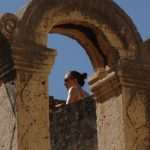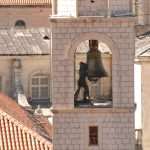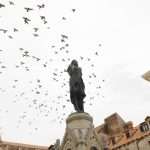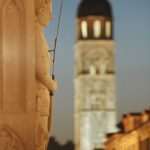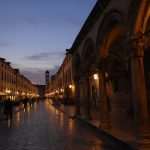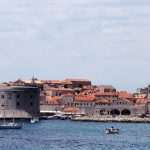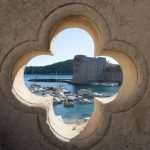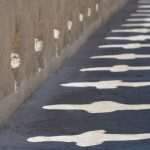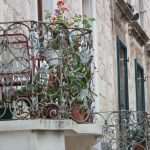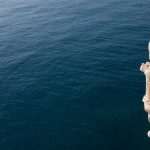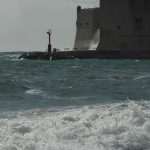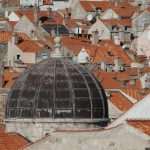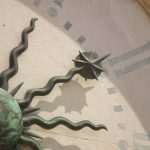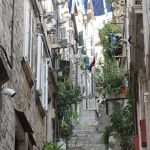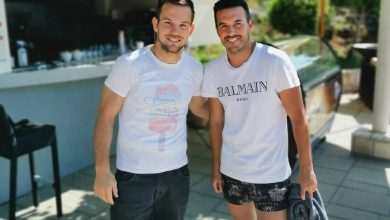The wonderful thing about Dubrovnik is that its must-see parts are so obvious. Your time will be well spent if you do nothing but walk the city walls, wander the streets and alleys of the Old Town, and take part in the nightly ritual of the djir—walking up and down along the main street Stradun, the fab central street that is worn smooth and shiny by centuries of strollers.
Why is Dubrovnik hot? One of the most obvious reasons is its magnificent beauty, which has captured the fancy of poets, artists, photographers, and travellers for centuries. But Dubrovnik also attracts beach-goers, draws crowds with its annual festivals, makes an excellent hide-away for couples, and, to top it all off, offers families plenty to do and see.
Dubrovnik is a seaport and summer resort with a remarkable history. As an independent merchant republic, which had its golden ages in the 15th and 16th centuries, Dubrovnik traded with the Ottoman Empire and India, had trade representatives in Africa and even had diplomatic relations most of the known world in the middle ages. Thus the city was a serious rival against the powerful and rich Republic of Venice, which shortly gained sovereignty over Dubrovnik from 1206 – 1358.
Dubrovnik flourished in medieval period but was utterly destroyed by the earthquake in 1667 and the fire that followed that killed thousands of its residents and levelled most of its buildings. The disaster changed the shape of the city forever, and the result of its reconstruction can be seen today.
Franciscan Monastery
The Romanesque/Gothic structure (occupied by monks for more than 600 years) was rebuilt after the ruinous earthquake of 1667, but the 14th-century cloister survived. The Franciscan monastery’s cloister, its frescoes, garden, and fountain, is a serene and quiet sanctuary. By closely inspecting the columns of the cloister, you will see they are capped with detailed carvings depicting animas and human faces. For an additional small fee, visit the small museum which preserves the history of one of Europe’s oldest pharmacies, which is still in service in the monastery today. The gilded interior of the church next door has an impressive vaulted ceiling and Baroque altars.
St. Blaise’s Church
The church dominating Luža Square honours St. Blaise, or Sveti Vlaho, the patron saint of Dubrovnik. On the saint’s feast day (February 3), his relics, which are kept in the church, are paraded through Old Town’s streets. A silver statue of St. Blaise is one of Dubrovnik’s treasures.
Look for the images of St. Blaise elsewhere in Dubrovnik – he guards the city from the south and west city walls, examines every new visitor from his perch at the top of the Pile Gate, and if he is seated, there are dungeons close by.
Rector’s Palace
This 15th-century palace (now a museum that recreates how the interiors of the structure once looked) was once the governmental seat of Dubrovnik Republic, an independent city state that existed from the 13th to the early 19th centuries. Its Gothic columns, Renaissance arcade, offices, and parlours (still loaded with centuries-old art collection) are befitting of a wealthy medieval city state; its arsenal and prison cells, appropriate for its enemies.



